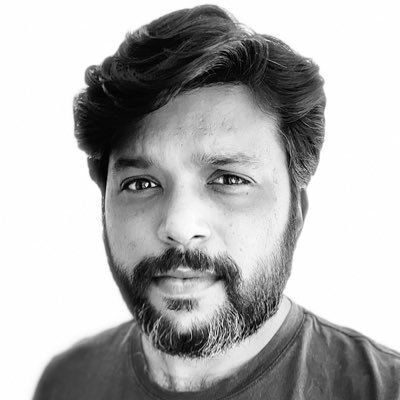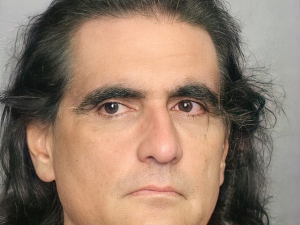Indian photojournalist Danish Siddiqui, who was killed last year while covering the Taliban’s conquest of Afghanistan, was posthumously awarded the Pulitzer Prize in Feature Photography on Sunday, for his coverage of the COVID-19 pandemic and its toll on India.
The Pulitzer board announced the award for Feature Photography to “Adnan Abidi, Sanna Irshad Mattoo, Amit Dave and the late Danish Siddiqui of Reuters … For images of COVID’s toll in India that balanced intimacy and devastation, while offering viewers a heightened sense of place.”
Also read | Blast outside office of Punjab Police’s intelligence unit in Mohali
An award-winning photojournalist, Siddiqui was instrumental in showcasing on the global stage the plight of Indians during the COVID-19 pandemic. His images of rows of burning pyres caught global attention, sparking a media scrutiny of India’s COVID-19 response.
However, Siddiqui’s raw coverage of the human cost of the pandemic angered right-wing groups in India, who accused Siddiqui of capitalising on “Hindu suffering.”
Also read | What happened in Sri Lanka after Mahinda Rajapaksa quit as prime minister?
After Siddiqui was killed in Afghanistan in July 2021, Prime Minister Narendra Modi’s supporters even trolled the late journalist on social media, attributing his death at the hands of the Taliban to bad karma.
This isn’t Siddiqui’s first Pulitzer, however: in 2018, the photojournalist was awarded the Pulitzer for Feature Photography for his coverage of the Rohingya refugee crisis.
Siddiqui is also known for taking powerful photos of the protests against the Citizenship (Amendment) Act, 2019, and for his coverage of the 2020 Delhi riots.
In July 2021, Siddiqui, working for Reuters, embedded himself with the Afghan Special Forces to cover the Taliban’s advances.
Also read | What agendas lie on the special UN Human Rights Council meet on Ukraine?
Siddiqui’s first outing on July 13 was a success, wherein he documented the Special Forces rescuing a policeman held hostage by insurgents.
However, on the way back to base, the convoy Siddiqui was travelling in was attacked by the Taliban with rocket-propelled grenades. The photojournalist survived and managed to capture footage of the attack, which was subsequently widely circulated by Reuters.
Three days later, on July 16, Siddiqui travelled with the Special Forces to document a mission to capture the key border town of Spin Boldak. The operation went south, and saw Siddiqui killed along with two Afghan commandos who were with him.







